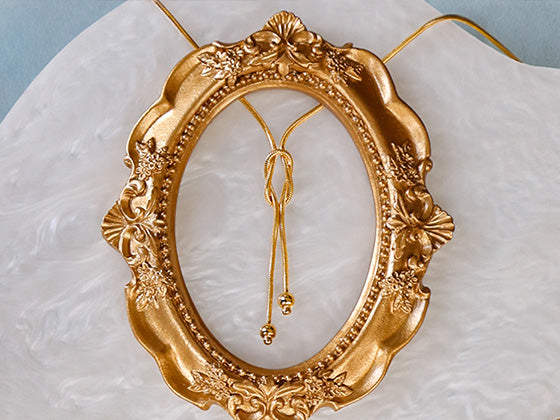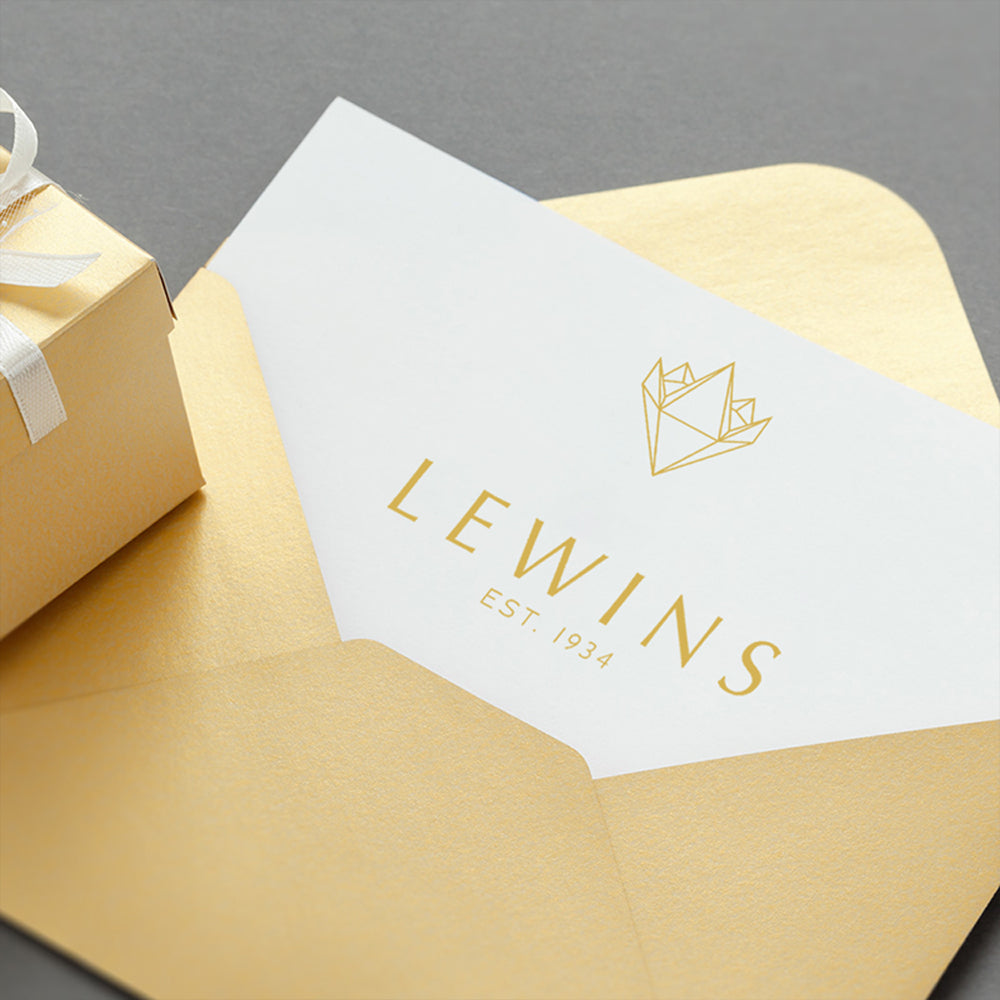This baby torque bangle is crafted in sterling silver, featuring spanner ends which have been expertly embellished with a pavé setting, of round cubic zirconia stones. The torque bangle has a d-shape profile, with a 3mm width and an internal diameter, approximately between 45-50mm.
Please read our Care & Wear section below, for safety guidelines and recommendations for children wearing jewellery.
Jewellery Odyssey:
Torque derives from the latin word ‘twist’. The meaning refers to the original concept of torque bangles, which originated in the 8th Century. Thin metal of either bronze or gold was used and possessed the ability of being able to twist, before being alloyed with hardened gold. Older torques were made with a smaller gap, whereby the wearer would require to twist the bangle, in order to get it on and off their wrist. However, the style has changed and adapted over the years, with the innovation of creating the bangle, out of solid gold or sterling silver. As a result, the metal got thicker and more stiff, making the torque bangle harder to twist, hence the gap of the bangle was made bigger. The creations of rounded balls at the ends of the torque bangle, provided comfort to the wearer, when sliding the bangle on and off.
Gem Lore:
Cubic Zirconia - is a synthetic gemstone made from a composition of zirconium dioxide and in its colourless form, is most often used as a simulant for diamonds. Cz’s possess the optical effect of fire more strongly than diamonds, which is the ability of a material to split light into spectral colours. The artificial gemstone can be made in a rainbow of colours from: yellow, orange, red, pink, purple, violet, blue, green and brown. The modern period, which took place between the 60’s and 80’s, saw the dawn of a hybrid collection between fine and costume jewellery. When artificial gemstones were married together with precious gemstones and metals, making jewellery more affordable for everyone to wear.
Our Safety Guidelines & Recommendations for Children wearing Jewellery:
Children under three years old, should always be supervised while wearing jewellery. Jewellery designed for children is smaller in size and can pose a choking hazard. Jewellery should be removed before sleeping, and not worn overnight.
Jewellery Care Precautions:
Avoid direct contact with: perfume, lotions, skincare, hairspray / other chemicals. Remove, your jewellery: when showering, swimming (as both chlorine and saltwater will react with metals), washing your hands / using hand sanitisers, before going to bed or when participating in physical activities (going to the gym, exercising, gardening, housework etc….).
Beware, metals may tarnish over time due to oxygen contact and natural body oils. Prevent items from being exposed to moisture and direct sunlight, for long periods. Store jewellery in a dry place away from humidity, in a pouch/jewellery box and keep each piece separated from each other. Care, for your jewellery by cleaning with a soft dry cloth.
Sterling Silver:
Silver as an element in its purest form, experiences very little tarnish, but it is far too soft and malleable, to be used in jewellery. To increase its durability and to make it easier to work with, 92.5% of pure silver is alloyed with 7.5% of copper.
Tarnishing appearing on your silver jewellery is normal. Over time and especially in humid conditions, the copper alloy naturally oxidises with the air, causing the silver to tarnish and discolour to yellow/brown/black. However, this tarnishing and discolouration, will speed up, if your jewellery comes into contact with: hairspray, cosmetics, perfume, body lotion, deodorant etc…
If you notice a greenish colour appearing on your fingers, neck or earlobes where you wear your silver rings, chains and earrings. This is because your jewellery has oxidised by reacting with: the natural acid (pH level of your skin), oils, moisture and perspiration of your body. Or from the lotions and perfumes applied to your body.
Remember to keep you silver away from any chlorine, acids or abrasives as this will begin to degrade your jewellery. It is best to practise our jewellery care precautions steps above.
For silver that has experienced a light tarnish, you can use a silver dip to help bring it back to life, this also helps to get into tiny crevices, that are hard to reach. For silver that has experienced a darker tarnish, using a silver jewellery cloth will remove more tarnish than a silver dip, as it is embedded with low abrasive chemicals. For silver that is heavily tarnished, using a silver polish or cream will help - however this is abrasive and we recommend to use with care and only when needed. Alternatively, the safe hands of our jewellery workshop can revive the beautiful silver shine of your jewellery.


















 Contact Us
Contact Us







